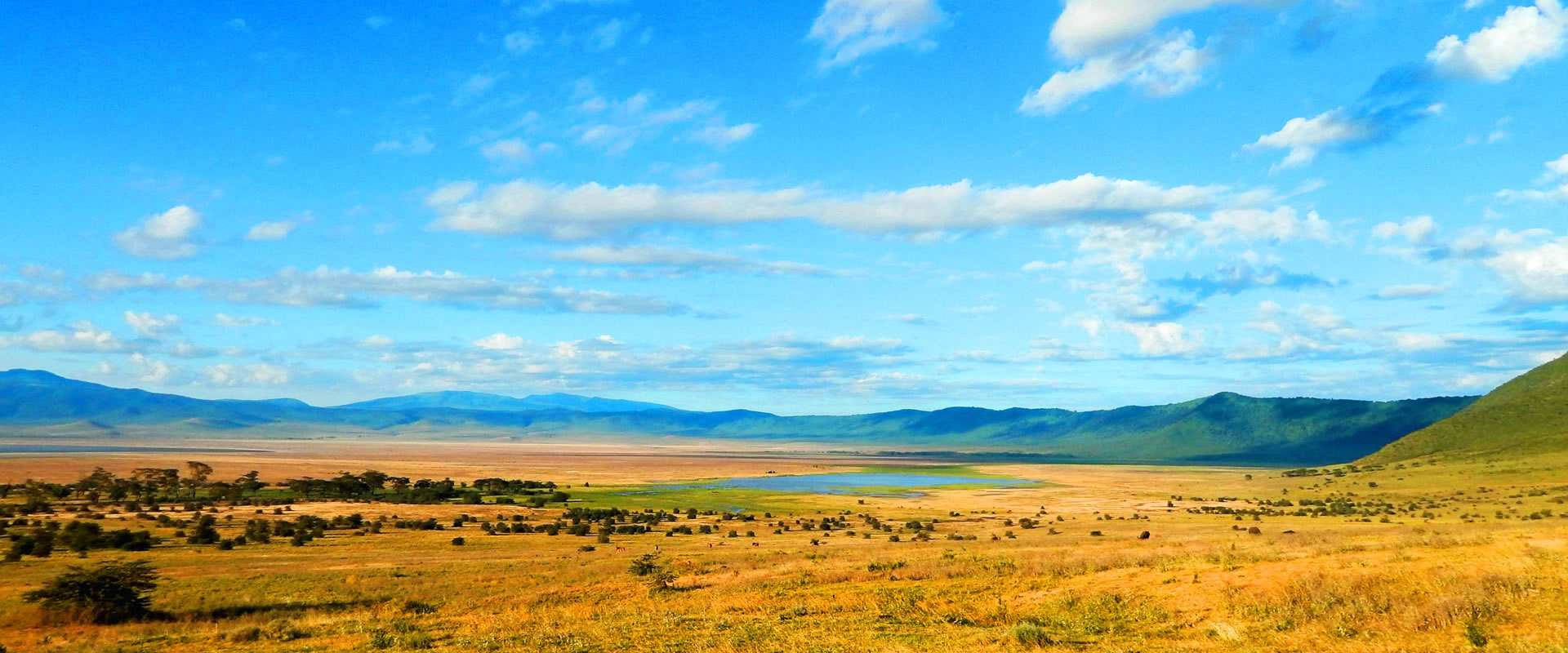Background Information
Tarangire National Park has some of the highest population density of elephants as compared to anywhere in Tanzania, and its sparse vegetation, strewn with baobab and acacia trees, makes it a beautiful and distinctive location to visit.
Located just a few hours drive from the town of Arusha, Tarangire is a popular stop for people travelling through the northern safari circuit on their way to Ngorongoro and the Serengeti. The park extends into two game controlled areas and the wildlife is allowed to move freely throughout.
Before the rains, droves of gazelles, wildebeests, zebras, and giraffes migrate to Tarangire National Park’s scrub plains where the last grazing land still remains. Tarangire offers an unparalleled game viewing, and during the dry season elephants abound. Families of the pachyderms play around the ancient trunks of baobab trees and strip acacia bark from the thorn trees for their afternoon meal. Breathtaking views of the Maasai Steppe and the mountains in the south make a stopover at Tarangire a memorable experience.
Herds of up to 300 elephants scratch the dry river bed for underground streams, while migratory wildebeest, zebra, buffalo, impala, gazelle, hartebeest and eland crowd the shrinking lagoons. It’s the greatest concentration of wildlife outside the Serengeti ecosystem - a smorgasbord for predators – and the one place in Tanzania where dry-country antelope such as the stately fringe-eared oryx and peculiar long-necked gerenuk are regularly observed.
What to see and do
Tarangire National Park is noted as a safari destination for its elephant population and spectacular baobabs of every shape and colour. The parks name is derived from the Tarangire River, the parks only source of permanent water. In the dry season this river is the lifeline, attracting much of the game. Huge herds of elephant, Zebra, buffalo, wildebeest and rhino and lion enjoy this terrain and are frequently seen.The Tarangire Park is also synonymous with two of the rarer game species; The greater kudu and the Fringe-eared Oryx. In addition, leopardand tree-climbing pythons often inhabit the trees. Due to the low volume of traffic in the park, the game is wild, being unaccustomed to vehicles, this offers a truly unique experienceFor guests on the Full Game Package, two game viewing drives in open-topped 4WD vehicles are included in the package. Large herds of antelope of all sorts including: eland, lesser kudu, Kongoni, impala, Zebra, gazelles, buffalo, wildebeest, leopard, elephant, rhino and lots of smaller mammals.
Where to find Tarangire National park
Climate
Tarangire has a fractured Wet season (November to May). Light showers, or the ‘short rains’, tend to close out the year, while the ‘long rains’ see heavier falls from March through May. In between is a brief dry period that gives a taste of what’s to come in the Dry season proper (June to October).
Top Select Destinations in East Africa
Where to go, What to do while on Safari
Global Presence and Sales Support
Nairobi
Mirage Plaza, 3rd Floor
P.O. Box 26551-00100, Nairobi.
+254 721 281538
info@alltimesafaris.com
www.alltimesafaris.com
ASEAN Sales Office
Represented by MGW DMC Network
BG-01-01, Megan Ambassy
225, Jalan Ampang, 50450 Kuala Lumpur, Malaysia
MGW DMC Network is a division of MagaBorneo Tourism & Leisure Sdn Bhd
ASEAN Representative
Khirul Zainie,
Director of Marketing
ASEAN Countries.
khirul@alltimesafaris.com






